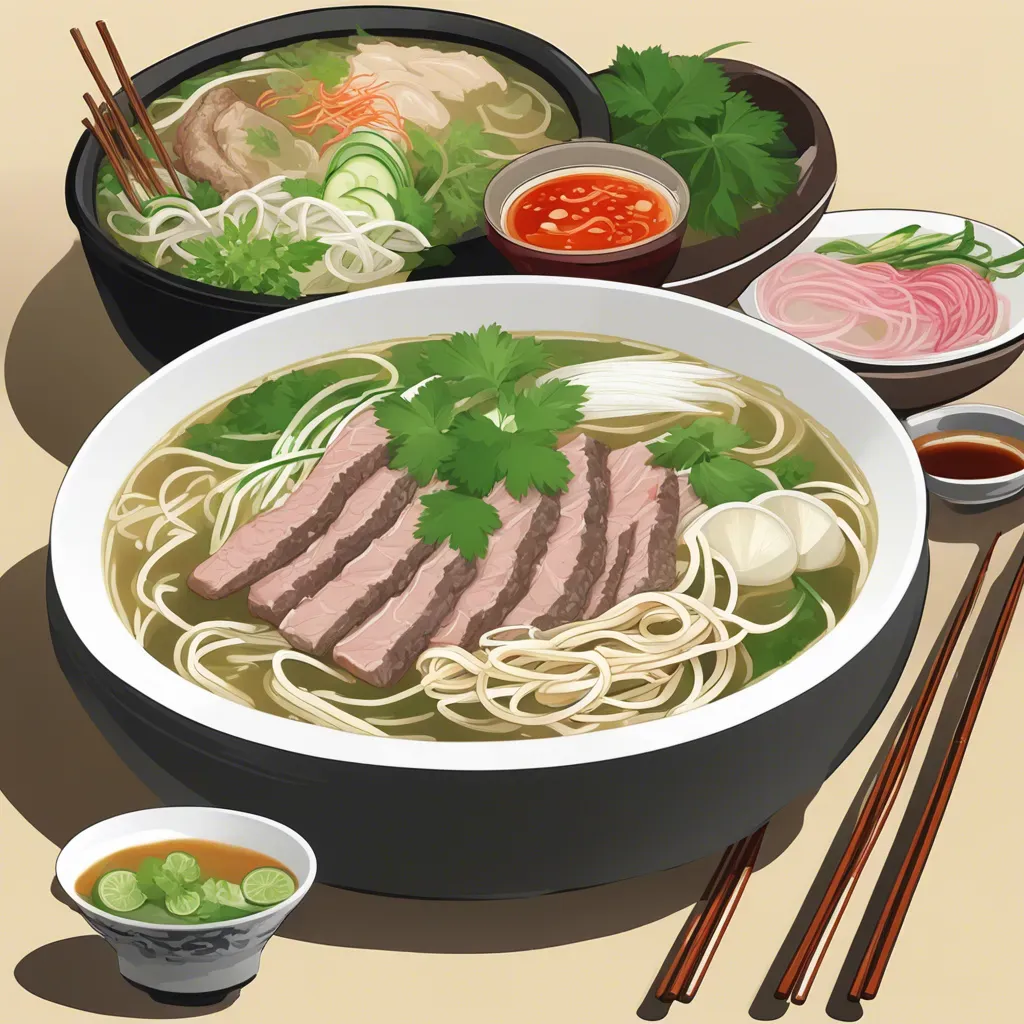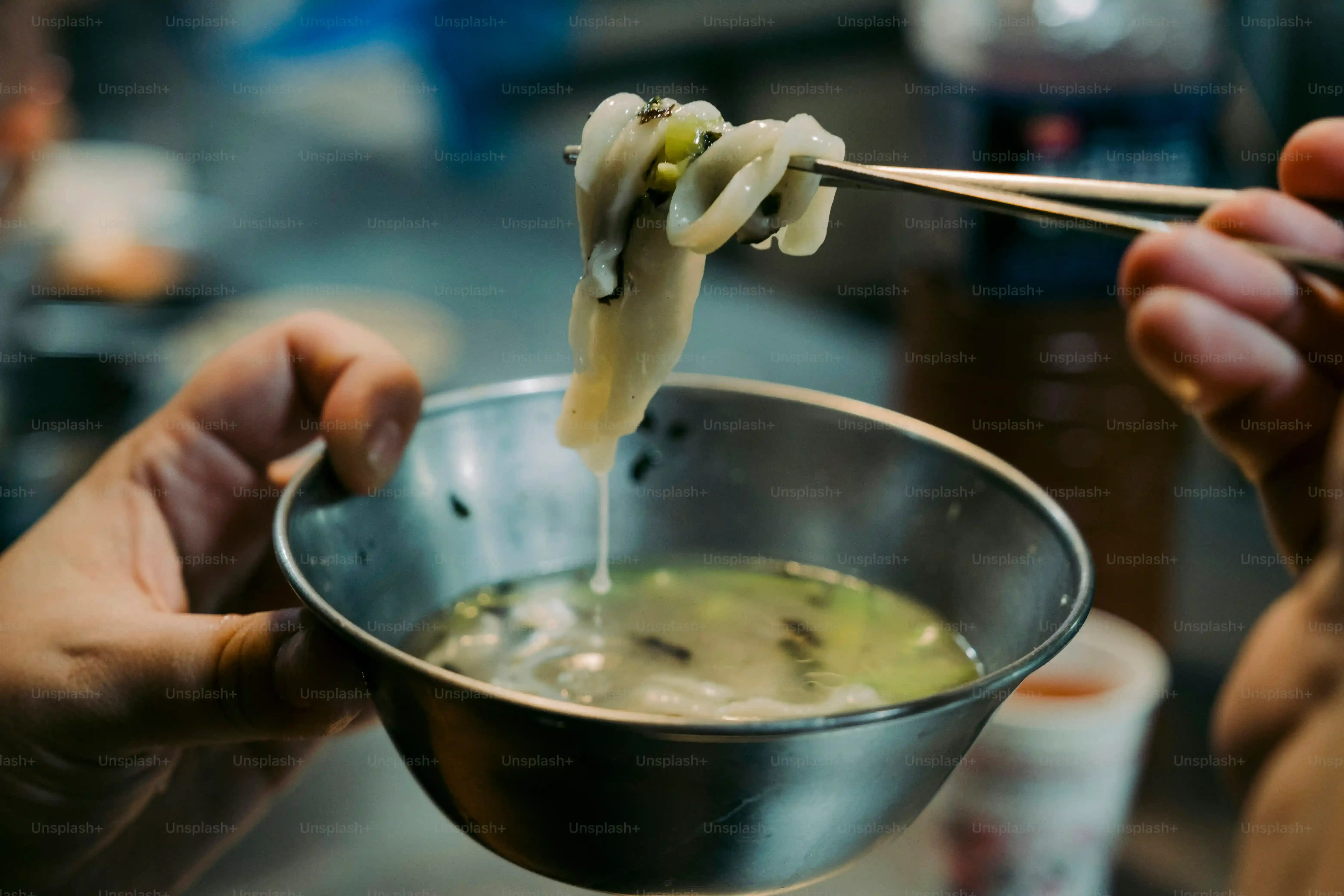Table of Contents
Let's be honest, most store-bought chicken noodle soup tastes like salty water with some sad bits floating in it. It’s the culinary equivalent of a participation trophy. But when you're feeling under the weather, or just craving that deep, soul-soothing comfort, you need the real deal. The secret weapon? The broth. Forget those cardboard cartons promising "homemade taste." If you truly want soup that warms you from the inside out, you need to learn how to make chicken noodle soup broth yourself.
How to Make Chicken Noodle Soup Broth: Why Homemade Beats the Box

How to Make Chicken Noodle Soup Broth: Why Homemade Beats the Box
The Flavor Chasm: Taste the Difference
Let’s cut to the chase. That carton of "chicken broth" from the grocery store? It's mostly water, salt, and some flavorings that vaguely hint at poultry. It’s thin, one-dimensional, and frankly, a little sad. Learning how to make chicken noodle soup broth from scratch opens up a whole new world of flavor. You get a rich, complex base with actual depth, not just salinity. It’s the difference between listening to elevator music and a live orchestra. When you simmer bones and vegetables low and slow, you extract gelatin, collagen, and true savory goodness that no amount of factory wizardry can replicate.
Beyond Flavor: Health and Control
It’s not just about taste, though that's a huge part of why you should bother. Making your own broth for chicken noodle soup gives you complete control over what goes into your pot. No weird preservatives, no excessive sodium levels hidden behind marketing jargon. You get the natural vitamins and minerals leached from the bones and vegetables. Plus, that gelatin we talked about? It adds body to the soup and has potential benefits for gut health and joints – something you won't find in a watery box. Why settle for a questionable mystery liquid when you can create a nourishing foundation?
Feature | Homemade Broth | Store-Bought Broth |
|---|---|---|
Flavor Profile | Rich, complex, deep savory notes | Thin, often overly salty, artificial taste |
Ingredients | Real bones, vegetables, water, herbs | Water, salt, flavorings, sometimes sugar/yeast extract |
Nutritional Value | Contains gelatin, minerals (calcium, magnesium) | Minimal nutritional value beyond salt |
Control | Full control over sodium and ingredients | Limited control, often high sodium |
Essential Ingredients for Your Flavorful Broth Base

Essential Ingredients for Your Flavorful Broth Base
The Backbone: Which Bones Deliver the Goods?
Alright, so you're ready to dive into making your own chicken noodle soup broth. The absolute MVP here is the chicken bones. Don't just grab any old thing; you want bones with some meat still attached and, crucially, joints. Why joints? That's where the magic happens – collagen. When it breaks down during a long simmer, it creates gelatin, giving your broth that silky mouthfeel and body that a flavor packet could only dream of. A leftover rotisserie chicken carcass is gold. Backs, necks, wings, and feet (yes, feet!) are also fantastic additions. Skip the boneless, skinless stuff; it won't give you the richness you're after.
The Aromatics: Giving Your Broth a Soul
Bones are the foundation, but they need backup. This is where your basic vegetable crew comes in – the classic mirepoix. We're talking carrots, celery, and onions. Don't even bother peeling the carrots or onions; the skins add color and flavor. Just give them a rough chop. These aren't meant to be eaten later; they're sacrificing themselves for the greater good of the broth. Throw in some garlic cloves (smashed, skins on), a bay leaf, and a few peppercorns. Keep it simple. You're building a clean, savory base, not a complex stew... yet.
- Chicken bones (carcass, backs, necks, wings, feet - aim for about 2-3 lbs)
- Carrots (2-3 medium, roughly chopped)
- Celery stalks (2-3, roughly chopped)
- Onion (1 large, quartered, skin on is fine)
- Garlic cloves (3-4, smashed)
- Bay leaf (1)
- Whole black peppercorns (1 teaspoon)
- Cold water (enough to cover everything by an inch or two)
The Simmering Secrets: Your Guide to Making Chicken Noodle Soup Broth

The Simmering Secrets: Your Guide to Making Chicken Noodle Soup Broth
Getting Started: Prep and Pot
you've gathered your bones and aromatics. First thing's first: if you want to take your how to make chicken noodle soup broth game up a notch, consider roasting those bones and vegetables for about 30-40 minutes at 400°F (200°C) before they hit the pot. This step isn't strictly mandatory, but it adds a deeper, richer color and flavor to the finished broth. It caramelizes everything slightly, bringing out those savory notes. Once roasted (or if skipping that step), toss the bones and chopped vegetables into your largest stockpot. Seriously, grab the biggest one you own. This is where the magic happens.
The Initial Boil and the Skim
Now, cover everything in the pot with cold water. Why cold water? It helps the impurities rise to the surface slowly, making them easier to skim off. Bring the pot to a rolling boil over high heat. As it heats up, you'll notice foam and scum rising to the top – this is protein and other bits you don't want in your final clean broth. This is crucial. Grab a fine-mesh sieve or a spoon and patiently skim off this foam. Discard it. Keep skimming until the surface is relatively clear. This step is key to getting a clear, rather than cloudy, broth.
What happens if you don't skim?
- Cloudy broth.
- Potentially slightly "off" flavor.
- Less appealing final soup appearance.
Low and Slow: The Simmering Sweet Spot
Once you've skimmed the initial foam, reduce the heat immediately to the lowest possible setting. You want just the barest hint of bubbles breaking the surface – a gentle simmer, not a boil. This is where the patience comes in. Let it simmer uncovered for at least 4-6 hours, or even longer, up to 8-12 hours for maximum flavor extraction. The longer it simmers gently, the more flavor and beneficial gelatin you pull from the bones. Check the water level occasionally and add more cold water if needed to keep the ingredients submerged. This slow, steady heat is the core technique for how to make chicken noodle soup broth that tastes incredible.
Clarifying Your Broth: Getting That Clean Finish

Clarifying Your Broth: Getting That Clean Finish
Straining Out the Chaos: The First Pass
you've simmered your bones and veggies for hours, and your kitchen smells amazing. You've successfully navigated the initial stages of how to make chicken noodle soup broth. Now you're looking at a pot of liquid gold, but it's probably got bits and pieces floating in it – bone fragments, vegetable mush, maybe some rogue peppercorns. This is where the first crucial step in clarifying happens: straining. Get a large bowl or another pot and set a fine-mesh sieve over it. Carefully pour the entire contents of your simmering pot through the sieve. Don't push down on the solids; just let the liquid drain through naturally. Pushing will force smaller particles through and make your broth cloudy.
Beyond the Sieve: Achieving Crystal Clarity
Even after a good strain, your broth might still be a little cloudy. For a truly clear broth, the kind that looks like liquid amber, you can go a step further. One classic method involves a "raft" made from egg whites. Whisk a few egg whites with a little cold broth until foamy, then gently whisk this mixture into your *cooled* strained broth. Add the crushed eggshells too; they help collect impurities. Bring the broth back up to a very gentle simmer. As the egg whites cook, they'll form a raft on top, trapping tiny particles. Once the raft is solid, carefully ladle the clear broth out from underneath it. It takes a bit more effort, sure, but the result is a beautifully clear base for your chicken noodle soup.
- Use a fine-mesh sieve for the initial strain.
- Don't press on the solids when straining.
- Cool broth before using the egg white method.
- Simmer gently when using the egg white raft.
- Carefully ladle broth from *under* the raft.
Using and Storing Your Perfect Homemade Chicken Noodle Soup Broth

Using and Storing Your Perfect Homemade Chicken Noodle Soup Broth
Soup's On: Using Your Broth Right Away
you've put in the time, strained out the bits, and now you have a beautiful batch of homemade chicken noodle soup broth. What's the point of learning how to make chicken noodle soup broth if you don't use it, right? The most obvious use is, well, making chicken noodle soup. This broth is your liquid foundation. Heat it gently, add your cooked chicken (shredded from the carcass you used, perhaps?), some chopped carrots and celery, and those egg noodles we talked about. Simmer until the veggies are tender and the noodles are cooked. Taste and adjust seasoning – maybe a little salt, a pinch of pepper, some fresh dill or parsley at the end. It’s simple because the broth is already doing all the heavy lifting on the flavor front. This isn't the time for complex spice blends; let that pure chicken goodness shine.
The Fridge Life: Keeping it Handy
Maybe you made a massive batch (smart move) or you're not ready for soup just yet. Your beautiful homemade broth needs a safe place to hang out. Once it's completely cooled – and I mean *completely* cooled down to room temperature – pour it into airtight containers. Mason jars, plastic deli containers, whatever you have that seals well. Leave some headspace, especially if you used bones with a lot of collagen; it might turn into a glorious jelly in the fridge. That's a good sign, by the way. This gelatinous state means it's packed with body. Your broth will keep happily in the refrigerator for about 4 to 5 days. Just scoop out what you need, and it will liquefy when heated.
How to tell if your refrigerated broth is still good?
- Does it smell sour or off? Toss it.
- Is there any visible mold? Definitely toss it.
- Does it look cloudy or murky compared to when you stored it? Probably time to say goodbye.
Freezing for the Future: Long-Term Storage
Four days goes by faster than you think, and nobody wants to waste liquid gold after all that effort learning how to make chicken noodle soup broth. Freezing is your friend here. Again, make sure the broth is completely cool. You can freeze it in various ways depending on how you plan to use it. Ice cube trays are great for small portions – perfect for deglazing a pan or adding a flavor boost to sauces. Once frozen, pop the cubes into a freezer bag. For larger portions, use freezer-safe containers or bags. If using containers, again, leave headspace. If using bags, lay them flat on a baking sheet to freeze, then stack them to save space. Frozen broth is good for 2-3 months, though honestly, the quality might start to decline slightly after that. It won't be *bad*, just maybe not quite as vibrant. Label everything with the date so you don't end up playing freezer roulette.
The Proof is in the Broth
So there you have it. Making your own chicken noodle soup broth isn't some culinary Everest only attempted by the truly dedicated. It's about taking a bit of time, using a few basic items, and letting things simmer. You've seen how a handful of vegetables and some chicken bones can transform into a flavorful foundation far superior to anything you'll pour from a box. It requires minimal active effort, mostly just keeping an eye on the pot. Once you've tasted the difference, you'll likely find reaching for that store-bought carton feels less like convenience and more like settling. Give it a shot; the soup you make with it will speak for itself.
